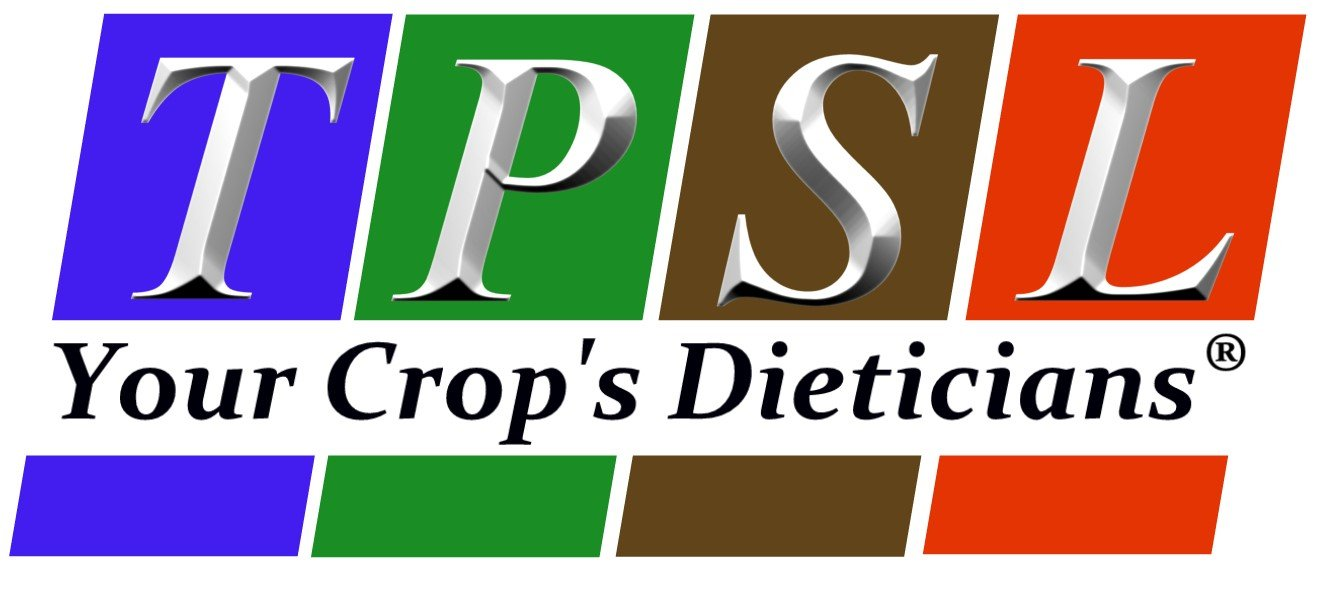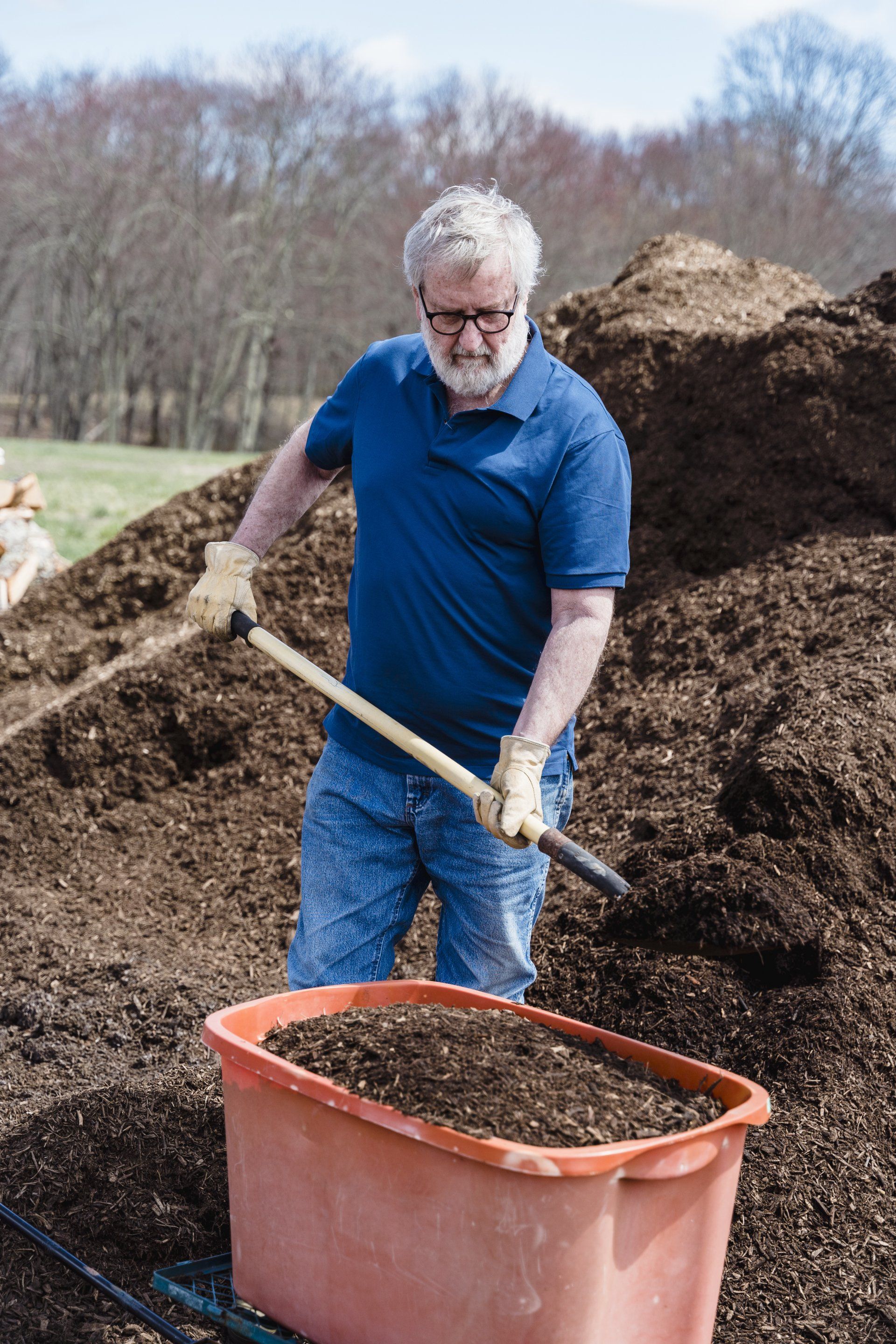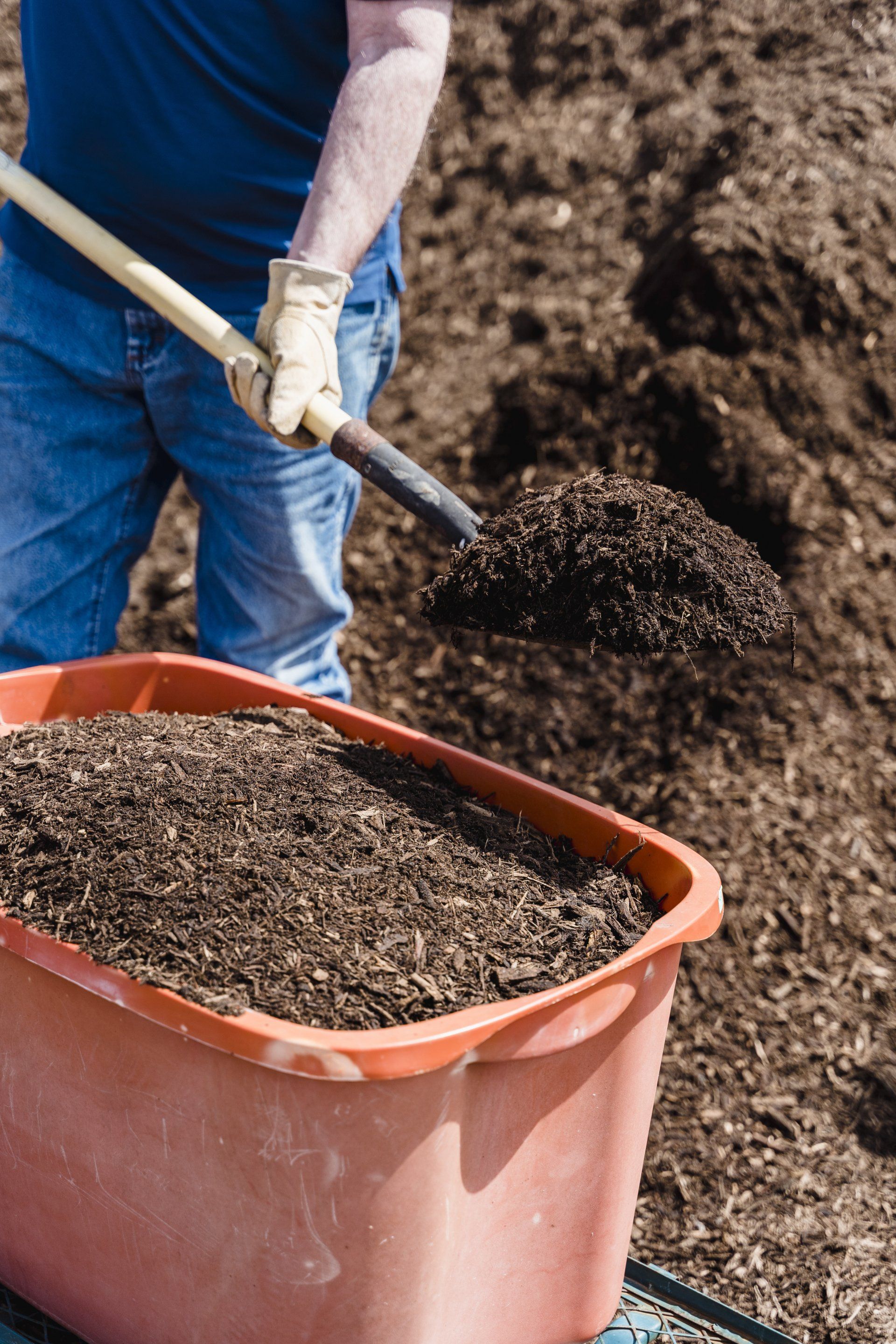SAP TESTING VS. DRY TISSUE ANALYSIS
Why the Method (and Interpretation) Matters

A recent article titled "Sap Test Saves on Inputs: Identify Nutrient Needs Earlier Than with a Tissue Sample" highlights a growing trend among farmers exploring sap testing as a tool for managing fertility. The idea is compelling: reduce fertilizer inputs and respond more precisely to plant needs by using more timely data. But as the article itself reveals, the promise doesn’t always match the outcome.
One of the highlighted quotes in the article reads:
“We haven’t seen a large yield increase in corn, but we’re using a half pound or less of nitrogen per bushel — half of what we used to use.”
At TPS Lab, we respect the effort to reduce inputs and improve nutrient efficiency. But we also believe that fertility programs shouldn’t ask you to choose between savings or performance. Our goal is both — and that’s where the method, and more importantly, the interpretation, makes all the difference.
Not All Sap Testing Is Created Equal
The approach described in the article — sampling old and new leaves and comparing nutrient levels — is often referred to as sap testing. However, in practice, many labs calling it a "sap test" are still performing variations of a standard tissue test, just on multiple leaves. Without true sap extraction and rigorous handling protocols, this method may not deliver the insights growers expect.
More importantly, the challenge isn’t just how you sample — it’s whether the lab knows how to interpret what the plant is actually telling you. Many growers receive pages of data but no actionable guidance, leaving them unsure how to respond.
What We Do Differently at TPS Lab
At TPS Lab, we analyze the petiole, the nutrient transport structure of the plant, using a dry tissue analysis on a dry-weight basis. This method provides a stable, accurate, and meaningful measure of what’s moving through the plant right now. More importantly, we combine this method with proprietary nutrient sufficiency ranges developed through decades of agronomic data.
This means we can:
- Help growers dial in exactly how much of each macro and micronutrient to apply
- Target yield goals with confidence — not just hope
- Deliver results in 2–3 business days, not 10+
And we don’t just send numbers — we provide interpretation and support that ties the data directly to your goals, field by field.
Our clients don’t say “I’m not seeing a yield increase.” They say, “We hit our numbers, and we did it with fewer inputs than last year.”
Real Precision: Yield, Efficiency, and Confidence
The idea behind sap testing is a good one — be proactive, responsive, and efficient. But the execution matters. It’s not just about collecting plant material and sending it off; it’s about asking the right questions and using the right standards to get clear answers.
We aren’t here to criticize other labs or practices. We’re here to show that when testing is done well — with reliable sampling, precise methodology, and expert interpretation — it can help you reduce inputs and increase yield.
In fact, if you tell us your bushel target, we can tell you exactly what your crop needs to get there — and help you hit that number efficiently and predictably.
Conclusion: Fertility Strategy Built on Results, Not Just Reports
If you’re investing in plant testing, you deserve more than a lab report — you deserve a roadmap. We believe your fertility strategy should be built on actionable insight, tailored guidance, and measurable results.
Whether you’re trying to cut nitrogen use, push higher yields, or both, our method gives you the real-time tools to make confident decisions — not just educated guesses.
Click here to submit a plant sample
Or call us at
956-383-0739 — and let’s talk about hitting your yield targets and saving on inputs.



